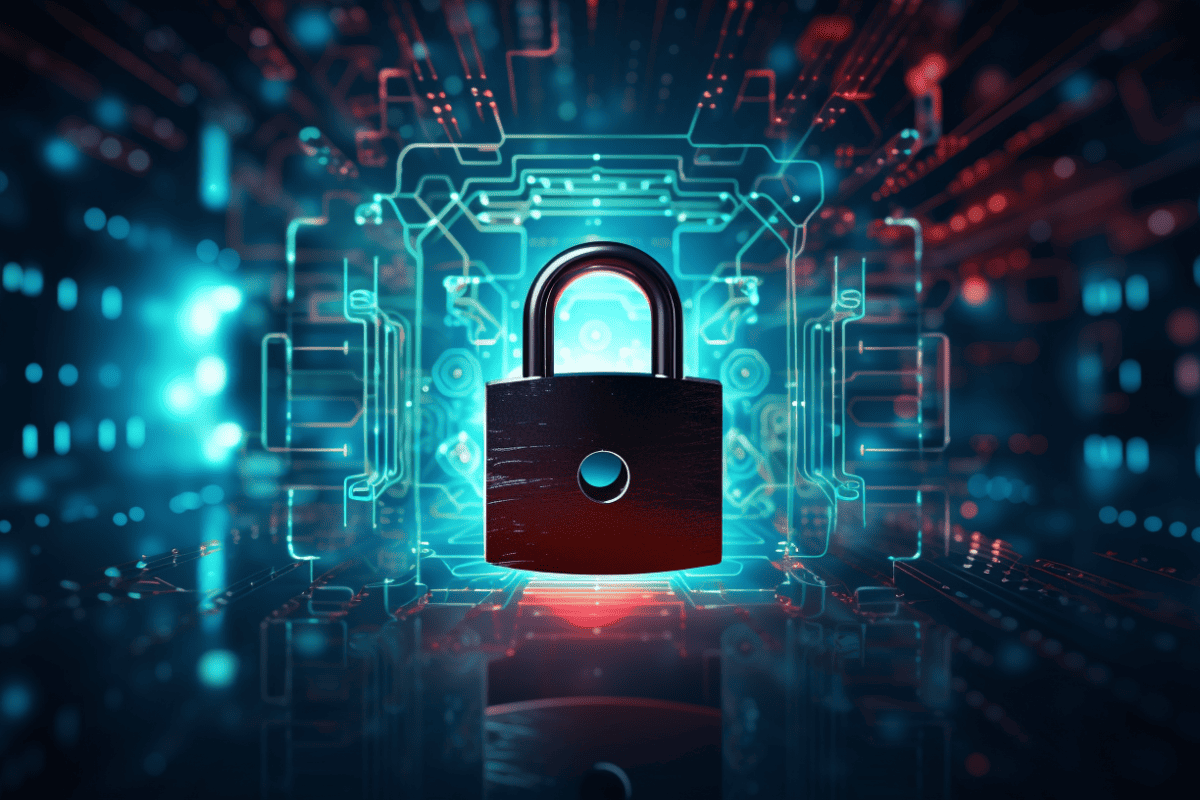As the U.S. aims for COVID-19 vaccinations to become widespread, more Americans will begin increasingly venturing out for diversion and also scheduling medical procedures they put off because of fear during the height of the pandemic.
But as the authorities tell us, we can’t let our guard down to the virus just because we get inoculated. COVID and its variants can still spread and healthcare facilities and hospitals need to be prepared. Enter Servicon, a leading commercial cleaning and disinfecting company with more than 1600 workers nationwide.
To learn more about the topic, we conducted an interview with Laurie Sewell, CEO of Servicon.
1. Can you tell us more about what Servicon does?
Servicon is a custodial, EVS and maintenance service provider to complex industries like healthcare, aerospace, manufacturing and entertainment. We are privately held and women-owned. We operate in 12 states with over 1700 employees and most of our work is in So Cal.
Our purpose is to elevate the industry and to provide healthy environments for people to thrive. That means safe and healthy facilities that we clean, a healthy work environment that provides engagement and an opportunity for growth and a healthy natural environment by using sustainable products and limiting our environmental impact.
Frankly, we are a people company that cleans. We know that if we find the right talent and give them the proper training, coaching and support that they will take care of our clients.
2. What challenges did COVID-19 impose on healthcare facilities and hospitals?
The first challenge was quickly pivoting to ensure that cleaning and disinfecting protocols were in compliance with CDC to eliminate the opportunity for cross-contamination and HAI’s associated with COVID-19. Then hospitals had to train their EVS workers in these new protocols. Additionally, terminal cleaning was a process historically performed in a small number of patient rooms where infectious
The caregiving and healing process of patients was impacted by the tremendous strain on doctors and nurses and the absence of family members. The role of all the hospital staff, especially EVS workers and nurses, was enlarged as they were often the only people patients could interact with during recovery.
Of course more income generating services, such as elective surgeries were postponed which put a further strain on the financial resources.
3. The U.S. is aiming for COVID-19 vaccinations to become widespread. What does that mean to hospitals’ workload?
Thankfully, we are seeing fewer hospitalizations and less severe cases of COVID. Hospitals can reduce, close, and repurpose the areas that were set up as COVID units. I would think that doctors and nurses would get back to pre-COVID work schedules. I am curious how this will impact EVS in the future. While the high level of disinfection in non-patient areas might be reduced, the level of patient area disinfection should still remain high.
4. With COVID variants rising, how can healthcare facilities and hospitals be prepared?
They need to remain vigilant with their cleaning, disinfecting and PPE protocols.
5. What new procedures are you employing to keep Americans safe?
Our entire EVS team as well as our custodial technicians in all of the industries we serve are all trained in infection prevention. We are encouraging our clients to continue to keep a high level of cleaning as well as disinfection in high traffic common areas to keep people healthy and protected from diseases caused by the transfer of pathogens from surfaces.
We need to continue to clean for health not just visibility. Frankly, when people say the word healthcare – they immediately think of hospitals, clinics, maybe medical office buildings, possibly assisted living. The work that we do in all settings – including offices, manufacturing spaces, public facilities is and should always be considered cleaning for health.
6. How are you gearing up for what seems to be the busiest phase in your history disinfecting healthcare sites?
In 2020 we hired over 400 team members. We now have 7 people on our Talent Acquisition team. We created an Innovation Council and hired a Product Development and Innovation Manager. We have also partnered with TIPS (The Infection Prevention Specialists) to continue to study and test for the optimal chemistries, products and processes for cleaning and disinfection.
7. What changes do you see in disinfecting procedures in the coming 5 years?
I am hoping that manufacturers will produce new chemistries that require shorter dwell times and don’t require reapplication. There are many companies working on long lasting surface protectants, yet there is still a ways to go with this innovation to provide continuous kill. There are some promising innovations in equipment that will improve the efficiency and efficacy of disinfecting, which includes robotics. We will see the use of visuals like color to accurately indicate proper dwell time has been reached. Finally, there is work being done to provide more accurate and immediate testing methods to validate that the surface is free of pathogens.
Digital Health Buzz!
Digital Health Buzz! aims to be the destination of choice when it comes to what’s happening in the digital health world. We are not about news and views, but informative articles and thoughts to apply in your business.


